Fables ideas: Ideas for a Fable With Morals
Ideas for a Fable With Morals
Roz Zurko
Fables have been told to children for centuries. The majority of fables use animals that talk, and they are usually used as teaching tools. A fable’s moral usually consists of a negative outcome for making the wrong decision. One easy way to create a fable with a moral is to think back into your own life lessons and put animals in the place of the humans involved.
The Chipmunk Who Wasn’t Prepared
Teach your children to be prepared for things in the future. Along with the benefits of preparedness, the value of hard work, or work before you play is also taught in this story that is an idea for a fable about a squirrel and a chipmunk.
The chipmunk plays all day in the warm and sunny weather, and every day he passes a squirrel who is busy gather acorns and nuts. Each day, the chipmunk asks the squirrel to play with him, but the wise squirrel is getting ready for winter when food is no longer available.
The chipmunk tells the squirrel he has plenty of time to do that and goes on with his playtime every day. The chipmunk continues with his play until one day he wakes up and there is snow everywhere. He has no food stored up so he makes his way out to find food, and there is very little.
The little squirrel stays warm in his house all winter, while the chipmunk makes his way out in the freezing cold every day, only to find a tiny morsel after hours of searching. The chipmunk has a long, cold hungry winter, just the opposite of the squirrel who is snug, warm and well-fed.
The moral of this story is to be prepared for the future and work comes first before play.
The Lonely Sister Cat
A fable to teach the value of siblings can start off with three kittens who are sisters. One of the kittens thinks she is too good to play with her sister kittens and would rather play with neighbor kittens that are her friends. She does this all through school and never takes the time to be with her sisters despite their asking her to join them in sister outings.
Until one day all her friend kittens move away or get mates and are busy with new baby kittens of their own and cannot play with the snobby sister cat anymore.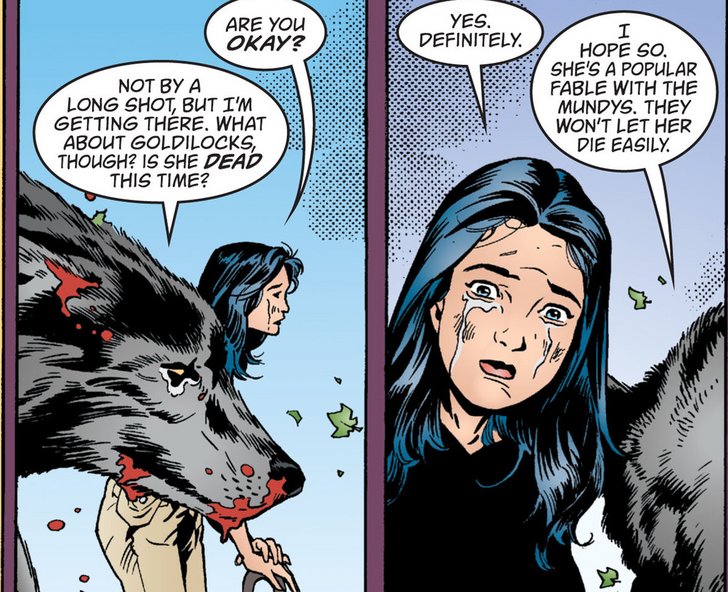
The moral of this fable: it is good to have friends, but there is nothing like family.
The Duck Who Was Afraid of Water
Teach your kids to overcome their irrational fears so they don’t miss out on what life has to offer with a fable about three ducklings. The three ducklings are friends and swim and splash in the water all day. They have fun together until one duckling gets his leg tangled up in the marsh grasses and he is stuck.
He stays stuck for a long time until the bigger ducks come and rescue him. After that, the duck is afraid to go in the water and misses out on the swimming and traveling around the big lake.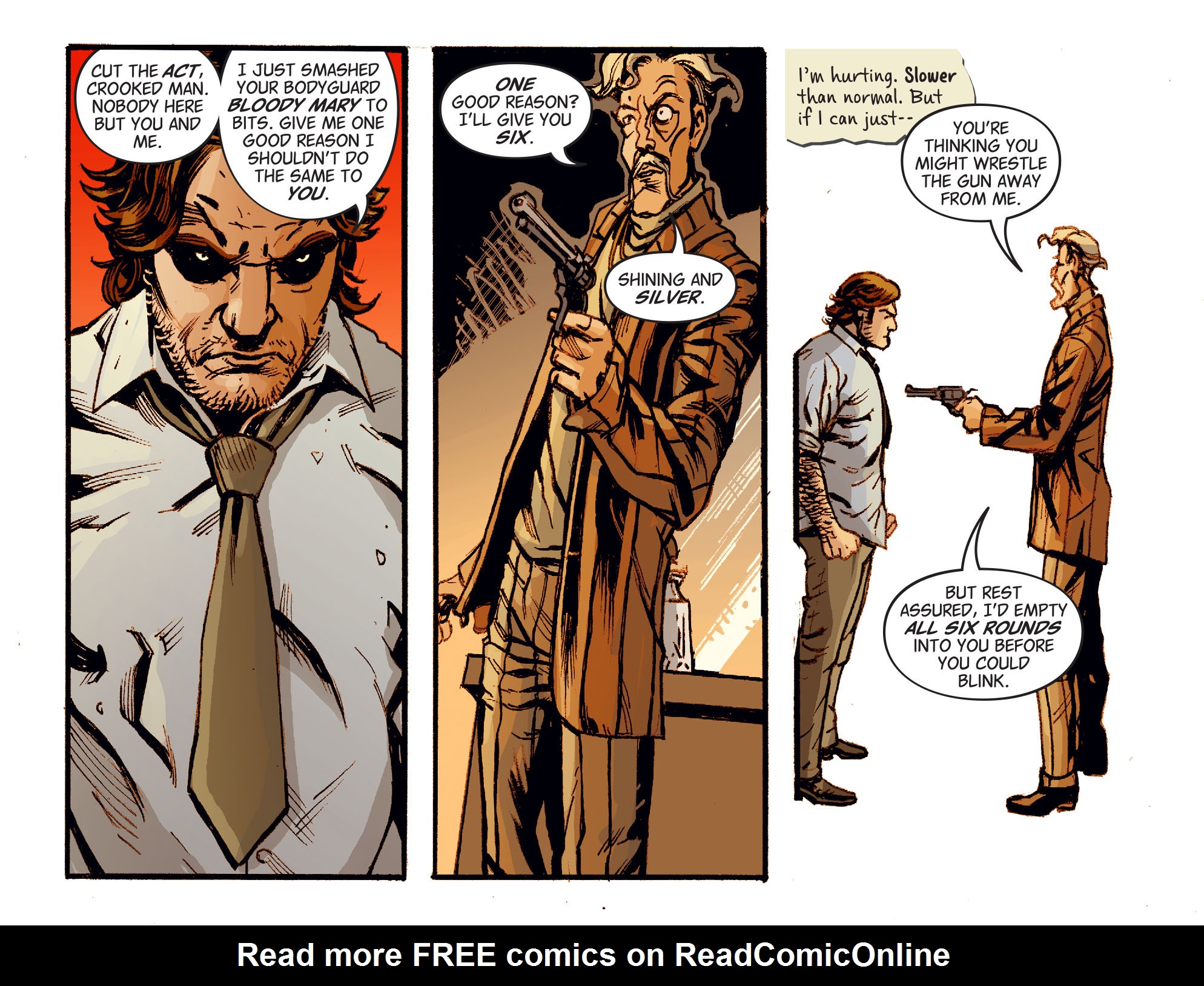
One day, the duckling, who is now a big duck, is alone on the shore when a little duckling gets his leg stuck in the underwater marsh grass, just the way he did years ago. He is afraid of the water but knows he has to save the duckling because a big mean bird is circling above to snatch him up.
The big duck, who is afraid of the water, jumps in and swims out to save the duckling. On the way back to shore, he realizes how much he loves the water. Back on shore, he starts to think about all the great adventures his friends had that he didn’t because of his irrational life-long fear.
The moral of this story is do not let your fears hold you back, for you will miss out on life’s adventures.
12 Lessons from Aesop’s Fables: Top Fables With Morals
May 22, 2017
From generation to generation, Aesop’s fables have been read, taught and sung about.
Life Lessons From Aesop’s Fables:
1. The Tortoise and the Hare: Never Give Up!
First on on our list of Life Lessons From Aesop’s Fables is the one that everyone knows!
The Story: A Hare is boasting about his speed in front of the other animals and challenges any one of them to race him. A Tortoise accepts his challenge. At first the Hare thinks it’s a joke, but the Tortoise is being serious. So, soon after they begin the race. The Hare runs full speed ahead and to make fun of the Tortoise, he decides to take a nap.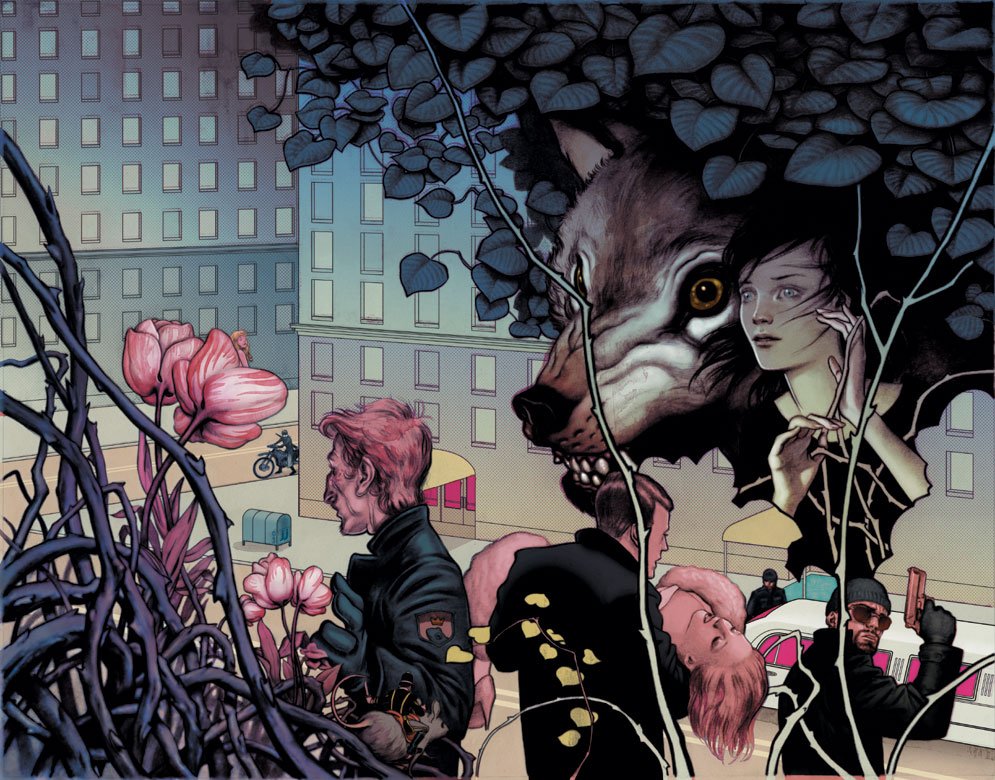
The lesson: Slow and steady wins the race. Sometimes in life, it might look like other people are racing ahead of you. But you never know what obstacle could stop them in their tracks. It is important to keep moving forward and one day you will get there.
2. The Ants and the Grasshopper: Work Hard and Play Hard!
Next, on our list of Life Lessons From Aesop’s Fables is the one that I like!
The Story: A Grasshopper spends his summer singing and dancing, while a team of Ants have worked hard all summer collecting food for the winter. He doesn’t understand why the Ants work so hard. When winter comes, the Grasshopper finds himself dying of hunger and see’s the ant serving up food to survive. He then understands why the Ants were working so hard.
The Lesson: There’s a time for work and a time for play! Just because you don’t think something is important right now, doesn’t mean you should ignore it or put it off.
3. The Dog and the Shadow: Be happy With What You Have.
The Story: A Dog is walking home with a piece of meat in his mouth. On his way home he crosses a river and looks into the water. He mistakes his own reflection for another Dog and wants his meat also. But as he opens his mouth, the meat falls into the river and is never seen again.
The Lesson: It is foolish to be greedy. Everyone wants more! Of course we always strive to be better and have bigger things. But it’s important to reflect on the things you do have and not take them for granted. Because one day you might end up with nothing but regrets of things you could have done.
4. The Crow and the Pitcher: There’s always a way!
The Story: A thirsty Crow comes across a pitcher, which had been full of water.
The Lesson: Little by little does the trick. When at first you don’t succeed, try, try again! Persistence is the key to solving any problem. If your first solution doesn’t solve the problem, think of another solution. Keep trying until you get the answer. After all, it’s better than doing nothing at all!
5. The Bell and the Cat: Ideas Are Good, But Execution Is Better!
The Story: A family of Mice has been living in fear because of a Cat. One day they come together to discuss possible ideas to defeat the Cat. After much discussion, one young Mouse gets up to suggest an idea. He suggests that they put a bell around the Cat’s neck, so they can hear it when it approaches.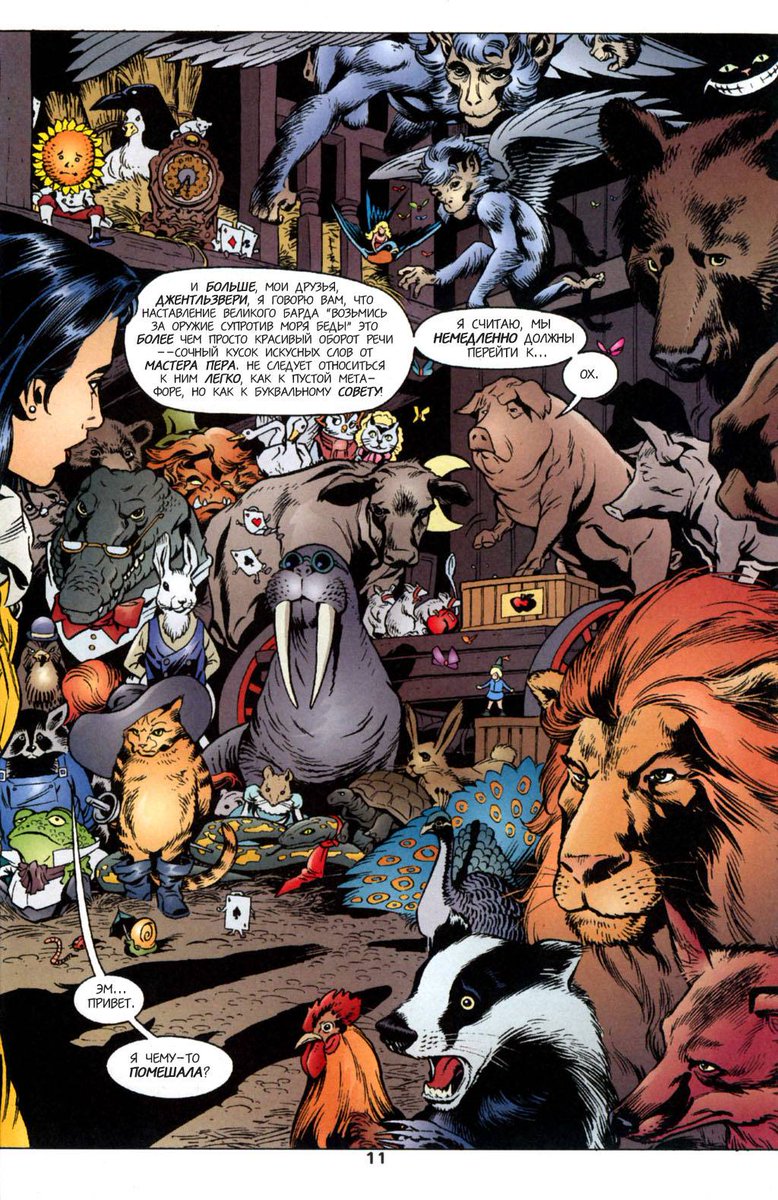
The Lesson: It is easy to propose impossible remedies. Having lots of ideas is good for problem solving, but having ideas that work is even better. It is never a good idea to boast about an idea, until you know it’s going to work. Remember people want straight-forward solutions, not more problems.
6. The Two Crabs: Lead by Example!
We’re halfway through our list of Life Lessons From Aesop’s Fables and this one is really important!
The Story: Two Crabs, a mother and a child are walking across the sand. The mother Crab scolds her child for walking wrong and tells him to walk more gracefully. The child Crab explains that he doesn’t know how to and asks his mother to show him. The mother Crab is unable to walk right herself.
The Lesson: Example is more powerful than precept.
7. The Gnat and the Bull: You’re Probably Not That Important.
The Story: A Gnat settles down on the horn of a Bull. After a while the Gnat decides to fly off. Before leaving he asks the Bull if it’s okay for him to leave. The Bull didn’t even notice the Gnat, so replies “I did not know you had come, and I shall not miss you when you go away.”
The Lesson: Some men are of more consequence in their own eyes than in the eyes of their neighbours. Of course, this doesn’t mean that you are insignificant. But sometimes the things you may say, can make you look like a fool. It is therefore important to be yourself and not to expect everyone to notice your presence!
8.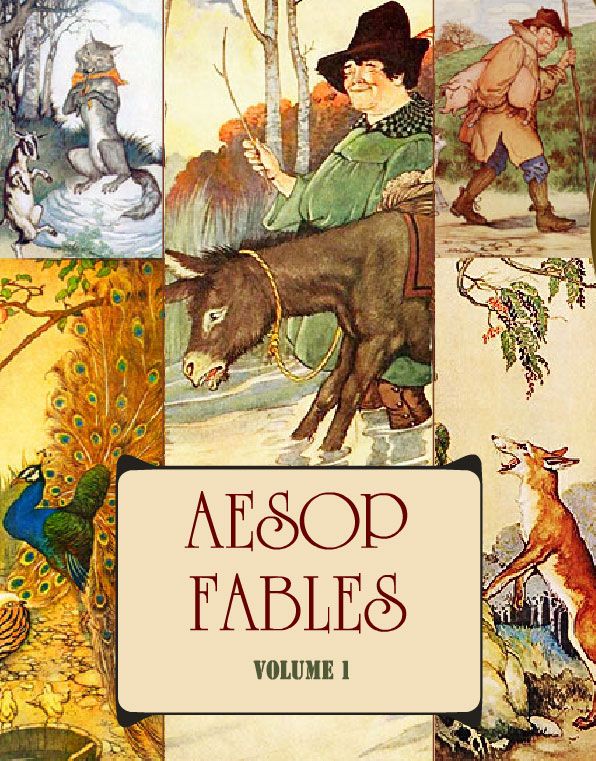
The Story: A Hart is drinking at a river, admiring its beautiful antlers. He then notices how small and weak his legs look. Just then out of nowhere, a Hunter approaches and shoots an arrow. The Hart runs away into the woods and realises that it was thanks to his legs that he survived. While he is looking at his legs, his antlers get caught in the trees. The Hunter Catches up to the Hart and kills it.
The Lesson: We often despise what is most useful to us. For example I have always hated being quiet. I disliked speaking up in public or hanging out with friends. Later on, I realised that being quiet means that when you speak, more people listen to your ideas. And in actual fact people prefer hanging out with quieter people, due to the closer relationships you can form with them. So you see, our greatest weaknesses can also be our strengths. A way of us fitting into the world.
9.
The Story: A Lion, Fox and Ass are all hunting together. They all gathered a huge amount of food and now had to decide how to divide it. The Lion asked the Ass to divide the food. So the Ass chose to divide the potions equally. This made the Lion, the king of beasts angry and with his paw he killed the Ass. The Lion then asked the Fox to divide the food. The Fox wasted no time. He quickly gave a huge heap to the Lion and only kept a small portion to himself. The Lion asked the Fox, who taught you to divide so fairly? The Fox replies, I learned from the Ass.
The Lesson: Learn from the misfortunes of others. Failure in life is okay, as long as you learn from it. Take a look at the mistakes of others and take note. It’s always important to reflect on what you could have done better or what steps you could avoid in the future.
10. The North Wind and the Sun: kindness Wins People Over!
Tenth, on our list of Life Lessons From Aesop’s Fables is a beautiful one!
The Story: The Wind and the Sun are arguing over is stronger.
The Lesson: Persuasion is better than Force. A kind, gentle manner like the Sun is always better than cold threats and force. So, if you ever need something from someone, it is best to be kind and humble over yelling at them. As you might find, that they will respond better.
11. The Lion and the Mouse: No act of kindness is Ever Wasted.
The Story: A Lion is fast asleep until a Mouse wakes him up. The Lion opens his big jaw to swallow him. But the Mouse begs the Lion to think again, as he may become useful in the future. The Lion laughs the idea off and lets him go.
The Lesson: Little friends may prove great friends. You never know who will prove to be useful in the future. It is best to maintain great relationships with everyone and to be kind to all. You never know where your kindness could lead you!
12. The Wolf and The Crane: Don’t’ Always Expect A Reward.
Last, but not least on our list of Life Lessons From Aesop’s Fables.
The Story: A Wolf has a bone stuck in his throat. He hires a Crane for a large sum of gold, to put her head in his throat and remove the bone. When the Crane removes the bone, she demands her reward. The Wolf smiles and replies, surely you have been given enough reward by me not eating you.
The Lesson: Don’t expect a reward when serving the wicked.
Anymore Life Lessons From Aesop’s Fables?
Looking for more life lessons from Aesop’s fables? We highly recommend buying these wonderfully illustrated Aesop Fable books. Both books include morals to all the famous (and some un-famous) Aesop fables (affiliate links to Amazon):
What do you think of our list of 12 life lessons from Aesop’s fables? Do you have any other examples of life lessons? Share them in the comments below! In the meantime why not check out our other posts on inspirational quotes from children’s books?
Have these life lessons from Aesop inspired you to write your own fables? Use our online story creator to write your own fable!
How to compose a fable with morality: tricks, tips, characters
Contents of the article
- What is a fable?
- How to compose a fable: an idea
- Read the classic fables
- Invent the characters of the fable
- Visualize the characters and the plot
- Conflict
- Invent the plot and dialogue
- Put the fable on the table
9000 5 Formulate a moral
What is a fable?
A fable is a short poetic allegorical work that expresses (in classical form) one moralizing thought.
Heroes of the classic fable:
- Animals;
- Plants;
- Items.
A fable is an author’s statement, a lesson to the reader.
Famous works of fabulists can inspire the reader to write his own work in this genre. Also, this is often done by schoolchildren and students of literary universities. We will tell you how to compose a fable and where to start.
How to compose a fable: an idea
Before writing a fable, one should think why the author does it? What message do you want to convey to the reader? The heroes of the fable must receive a lesson. What will they learn?
Consider I. A. Krylov’s fable “The Monkey and Glasses”
And she heard from people,
That this evil is still not so big:
Just get glasses.
She got half a dozen glasses for herself;
Twirls Glasses this way and that:
Now presses them to the crown, then strings them on the tail,
Now he sniffs them, then he licks them;
The glasses do not work at all.
“Ugh! – she says, – and that fool,
Who listens to all the people’s lies:
All about Glasses, they just lied to me;
And there is no use for hair in them.”
The monkey is here out of annoyance and sadness
Oh, the stone so grabbed them,
That only the spray sparkled.
Unfortunately, the same thing happens to people:
No matter how useful a thing is, without knowing its price,
And if the ignoramus is more knowledgeable,
So he also drives her away.
The idea of the fable is to denounce human ignorance and pride. A really necessary object fell into the hands of the monkey, but she could not use it and, instead of asking for advice, she considered that she had been deceived, and the glasses were useless.
Before writing a fable, you need to decide on the key idea of the work.
The author can denounce:
- Greed;
- Stupidity;
- meanness;
- Avarice and other vices.
Read the fables of the classics
The work of fabulists who lived in different times varies greatly. Everyone can get interesting ideas and thoughts. Try not to completely copy the style of the classic, but take advantage of the interesting techniques used by Aesop, Jean de La Fontaine, I. A. Krylov, A. Sumarokov and others.
Invent the heroes of the fable
Who will reveal the conflict in the story? Try to choose the one with whom it will be easier for the reader to associate himself. According to the laws of the genre, the characters are usually simple, they are not complex multifaceted characters. Try also not to introduce unnecessary heroes. A fable is a short statement that does not involve an abundance of conflict.
Visualize the characters and plot
Visualize your characters: what they look like, where they are, where the plot will take place.
When the idea, characters, time and place of action are determined, you can think about the plot.
Conflict
There must be a conflict between the characters. What will he be like? How can you solve the problem that confronts the reader?
Maybe greed will not allow the hare to make friends and there will be no one to protect him from the predator? Or will stubbornness prevent the donkey from listening to advice, and he will get into trouble?
The heroes of the fable, as a rule, already have certain archetypes that are worth sticking to:
- Fox – cunning;
- Wolf – angry;
- Hare – cowardly;
- Turtle – slow.
Think of a plot and dialogue
The characters in the fable can talk to each other using indirect or direct speech. If there is only one hero, as in the fable “The Monkey and Glasses”, the hero’s internal monologue will do.
Formulate a moral
The ending of the fable is a clearly articulated moral of the story. There is no need to fear that this will spoil the fable, just as an anecdote can spoil the explanation of what is to be laughed at. This is the law of the genre, and you can safely describe what you wanted to say to the reader.
Put the fable on the table
Before presenting the fable to the general public, put it aside for a while and come back to edit it and look at it with fresh eyes. Sometimes inaccuracies are striking only after a certain period of time after the completion of work on the work. During this time, you may come up with new ideas with which you will supplement the fable and bring it to perfection!
А. Автор фильма Биневская Т. Н.” src=”https://www.youtube.com/embed/cb7cxfs8de0?feature=oembed” frameborder=”0″ allow=”accelerometer; autoplay; clipboard-write; encrypted-media; gyroscope; picture-in-picture” allowfullscreen=””>
See also:
- Grandfather Krylov
- Russian Aesop. 12 facts about the main fabulist of the country
Since you are here…
We have a small request. This story was told thanks to the support of readers. Even the smallest monthly donation helps editorial work and create important content for people.
Your help is needed now more than ever.
My own fables
Fables of one’s own composition are small beacons on the way to truth and prudence. Fables begin where the life situation tells us a reasonable thought and gives parting words.
A fable is a fictional miniature about true events. With the help of fables, we learn worldly wisdom.
Read a fable
Rubric: Fables of my own composition
|
Tags: fables, fables by Iris Revue, own composition
In the fable of his own composition “The Mole and the Bear” morality is presented at the end of the work.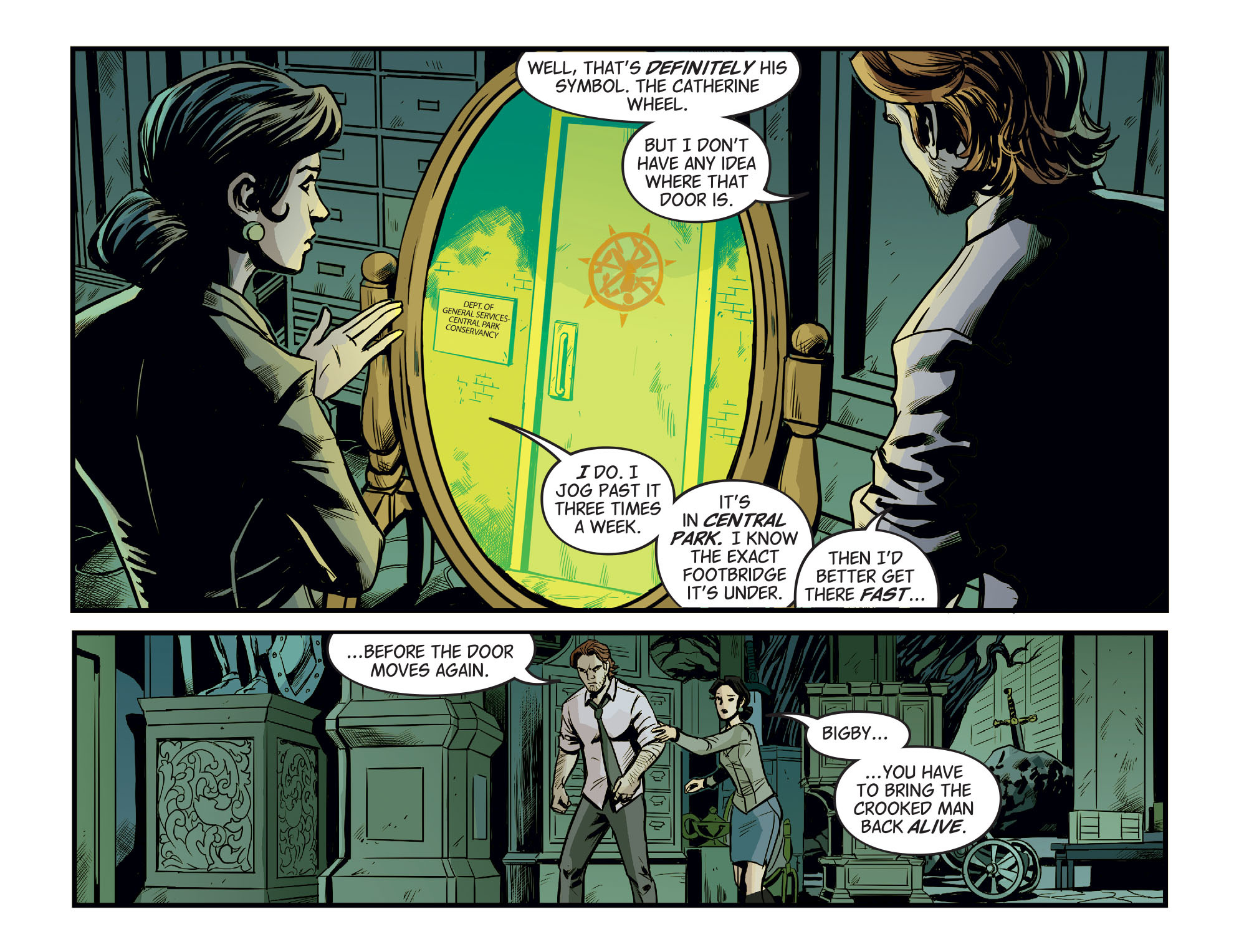
Read a fable
Rubric: Fables of my own composition
|
Tags: fables Iris Revue, fable, self-composed
A fable is a product of an educational plan. There is a moral in the fable that is worth paying attention to. The fable “The rich man and the poor man” that not everything in our life is decided by wealth.
Read a fable
Rubric: Fables of my own composition
|
Tags: fables, fables in prose, own composition
A fable is an extremely short piece of literature that includes a moral.
Fable is an ancient genre. Over the centuries, the format of fables has changed, only their instructive beginning has not changed.
Read a fable
Rubric: Fables of my own composition
|
Tags: fables, fables in prose, own composition
Fable “Cat” about resentment. Resentment is a human reaction that cannot be classified as positive.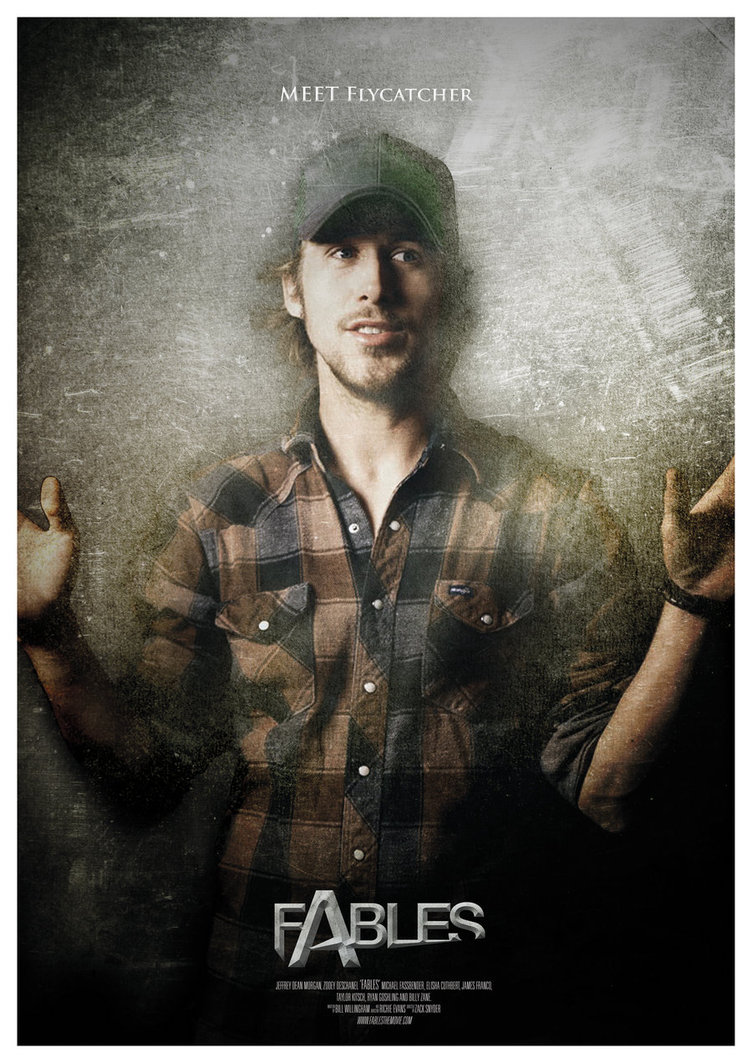
Read a fable
Rubric: Fables of my own composition
|
Tags: fables, fables in prose, fables by Iris Revue, own composition
Who is an ignoramus? This is a poorly educated, ignorant person. In human ignorance, it is customary to consider as nonsense what you do not know. Smart people do not argue with the ignorant, they do not listen to their advice. The fable of the ignorant is an instructive story about how someone, without understanding the situation, takes his opinion as the ultimate truth.
Read a fable
Rubric: Fables of my own composition
|
Tags: fables, self-composed
A school-themed fable “And we plowed” about a dodger who is not averse to appropriating the work of others.
Rubric: Fables of my own composition
|
Tags: fables Iris Revue, fable, fly, we plowed, listen, compose, school
The influence of fables on children does not consist in memorizing individual conclusions and abstract rules, but in the fact that, by studying fables, children are enriched with such impressions and correct truths that remain with them for life. The fable “Mosquito and Hazel grouse” gives an idea that even the weak can help in difficult times. Read fable
Rubric: Fables of my own composition
|
Tags: fables, self-composed
The plot of the fable “The Fox and the Crane” is as old as the world. The mocking Fox invited the long-nosed Crane to visit and, according to the laws of hospitality, offered him a treat. It was presented on a plate, on which the Crane knocked in vain, as he could not grab any food.







